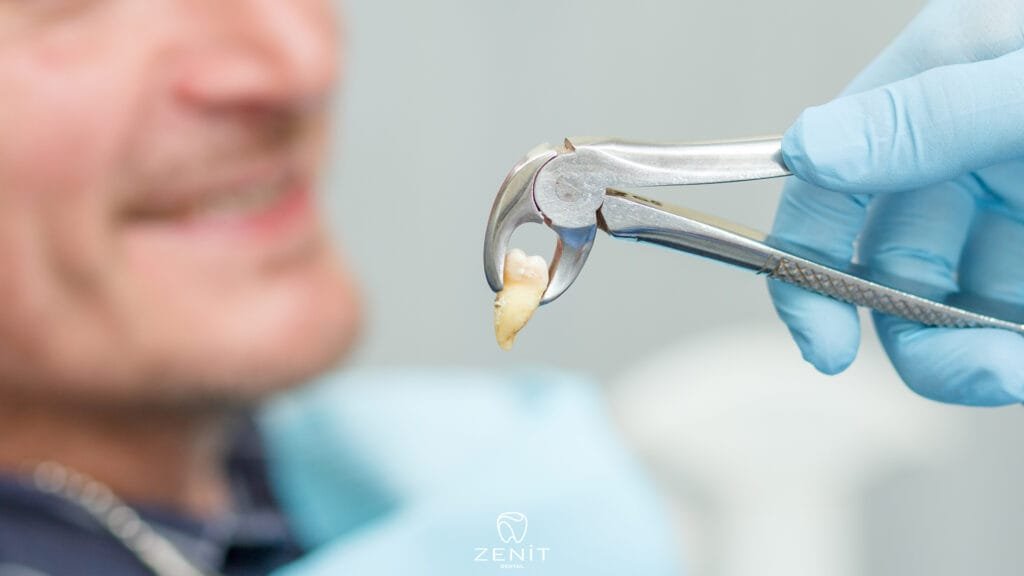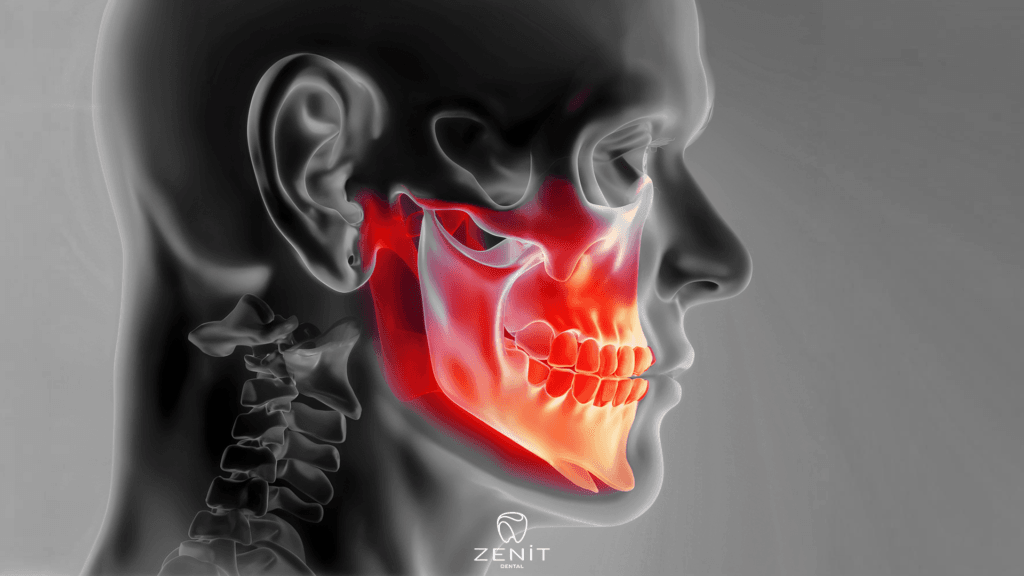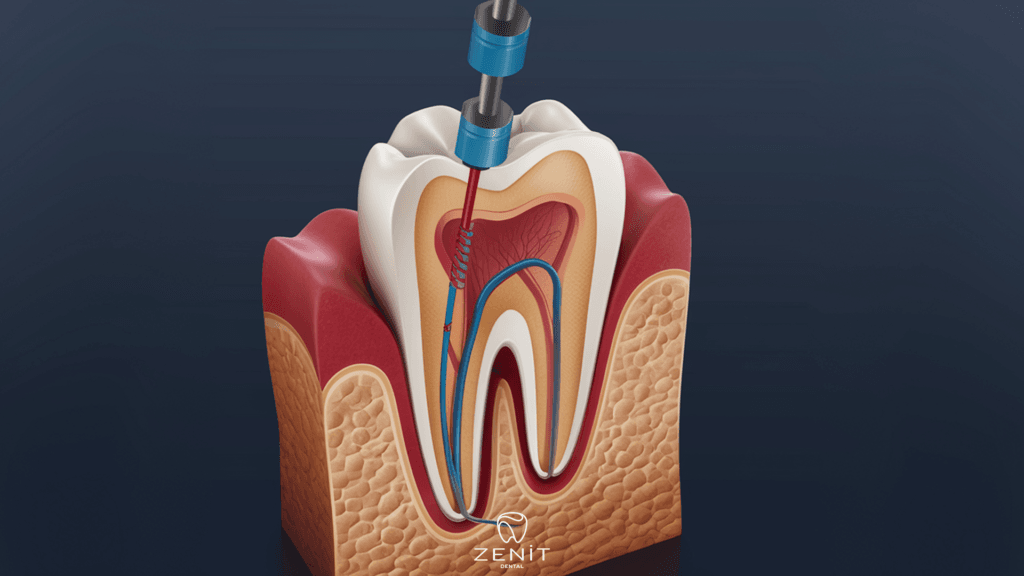How to Alleviate Wisdom Tooth Pain
Mouth health is a crucial indicator of our overall well-being and is a lifelong process. An important stage in this process is the emergence of “wisdom teeth” during the young adult years. In this article, we will explore what wisdom teeth are, when they typically emerge, and discuss potential issues that may arise during this process.
Wisdom Teeth: What Are They?.
Wisdom teeth, scientifically referred to as third molars, typically begin to emerge in the mouth between the ages of 17 and 25. There are a total of four wisdom teeth, with two located in the upper jaw and two in the lower jaw, positioned at the back of the mouth. These teeth tend to emerge later than other molars and often face the challenge of finding space within a limited area among the other teeth in the mouth.
The Process of Wisdom Tooth Eruption
The eruption process of wisdom teeth is often complex and discomforting. Some common situations encountered during this process include:
- Gum Swelling:
Swelling of the gum tissue around the emerging wisdom tooth. - Pain and Discomfort:
Feelings of pain and discomfort in the oral region, particularly around the area where the wisdom tooth is erupting. - Irregular Eruption:
Wisdom teeth may emerge in an irregular manner, causing alignment issues and potential crowding with neighboring teeth.
When Do They Emerge?
Wisdom teeth typically start to emerge in the mouth during the young adult years, between the ages of 17 and 25. However, this process can vary from person to person, and some individuals may not experience the eruption of wisdom teeth at all.
Issues Related to Wisdom Teeth
Wisdom teeth can lead to problems such as insufficient space in the mouth, irregular eruption, and misalignment. These situations may invite dental issues like tooth decay, gum diseases, and other oral health problems.
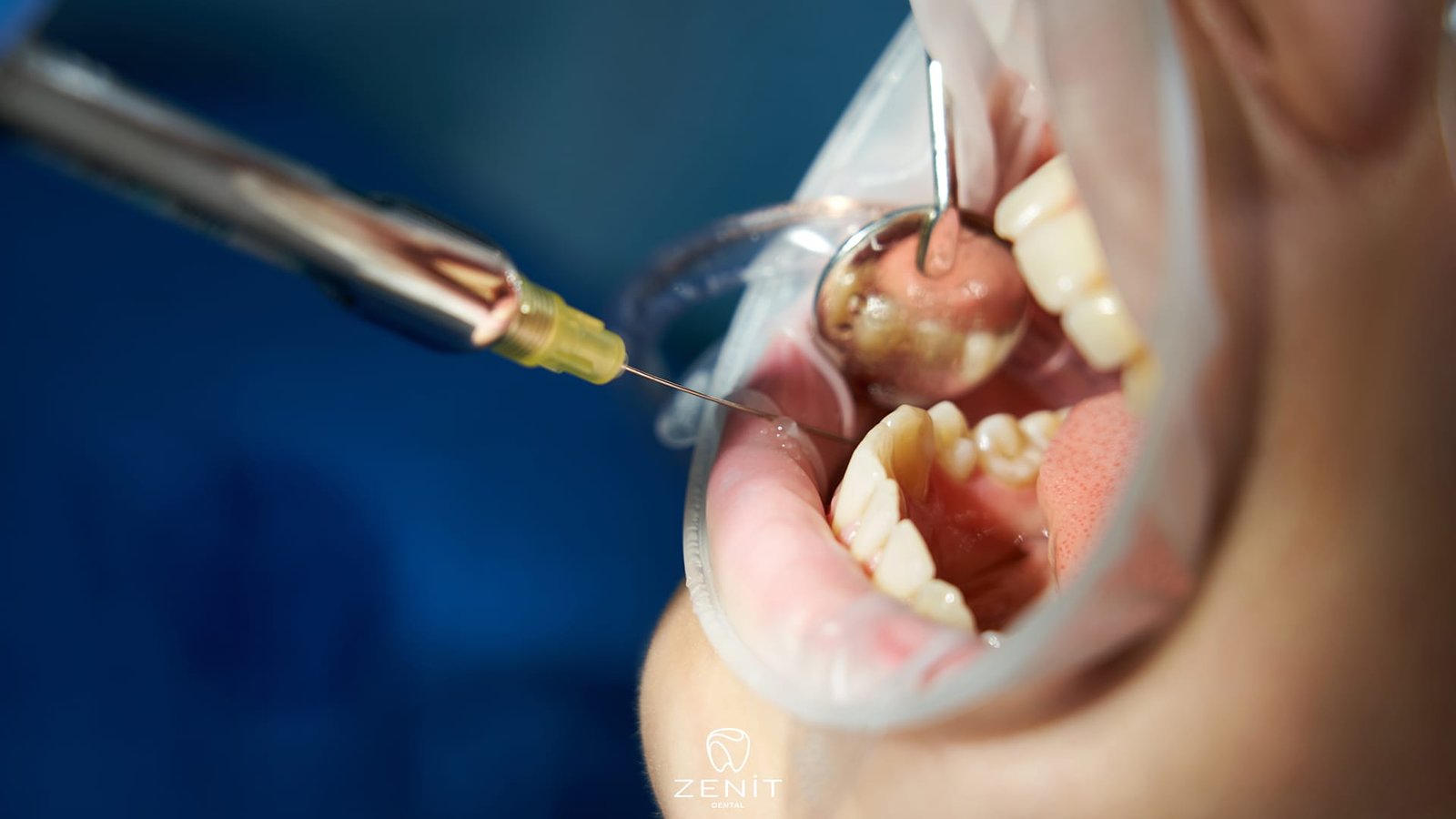
Extraction of Wisdom Teeth: How Does It Happen?
The extraction of wisdom teeth is typically a procedure performed by a dentist or oral surgeon. Below are the details of the wisdom tooth extraction process:
- Pre-Extraction Assessment:
Before the extraction of wisdom teeth, the dentist evaluates the patient’s overall health. The medical history and current medications of the patient are reviewed. Radiological examinations determine the position of the wisdom teeth in the mouth. This assessment is a critical step to formulate a plan for the extraction procedure. - Application of Local Anesthesia:
Local anesthesia is applied during the extraction of wisdom teeth to ensure the patient feels no pain. This allows the procedure to proceed comfortably and painlessly. Thanks to local anesthesia, the patient experiences minimal discomfort during the extraction. - Extraction Procedure:
Once the local anesthesia takes effect, the dentist or oral surgeon begins the extraction procedure. The extraction of wisdom teeth usually involves cutting the connective tissues beneath the tooth and separating it from the jawbone. The dental professional works carefully during the procedure to avoid causing damage to surrounding tissues. - Bleeding Control:
After the tooth extraction, any potential bleeding is controlled. This is typically achieved through simple methods such as sterile gauze or stitches. Once bleeding is successfully stopped, the patient may be kept under observation for a period.
Under What Conditions is Wisdom Tooth Extraction Necessary?
Wisdom tooth extraction may be necessary for various reasons. Here are situations where wisdom tooth extraction is considered:
- Insufficient Space in the Mouth: Wisdom teeth often struggle to find adequate space in the mouth, leading to various issues. Extraction may be recommended in cases where there is not enough room.
- Irregular Eruption: If wisdom teeth erupt in an irregular or misaligned manner, they can exert pressure on surrounding teeth, necessitating extraction.
- Pain and Swelling: If pain, swelling, or other discomfort symptoms arise during the eruption process of wisdom teeth, the dentist may recommend extraction.
- Decay and Infection: In the presence of decay or infection in wisdom teeth, extraction may be required. This helps reduce the risk of damage to surrounding tissues.
- Dentist’s Recommendation: Based on a thorough examination, your dentist will assess whether your wisdom teeth need extraction and propose the most suitable treatment plan. This evaluation is often supported by radiological examinations.
Wisdom tooth extraction is a procedure performed to preserve oral health and provide relief. Each case is unique, so the decision for extraction should be based on your dentist’s professional assessment.
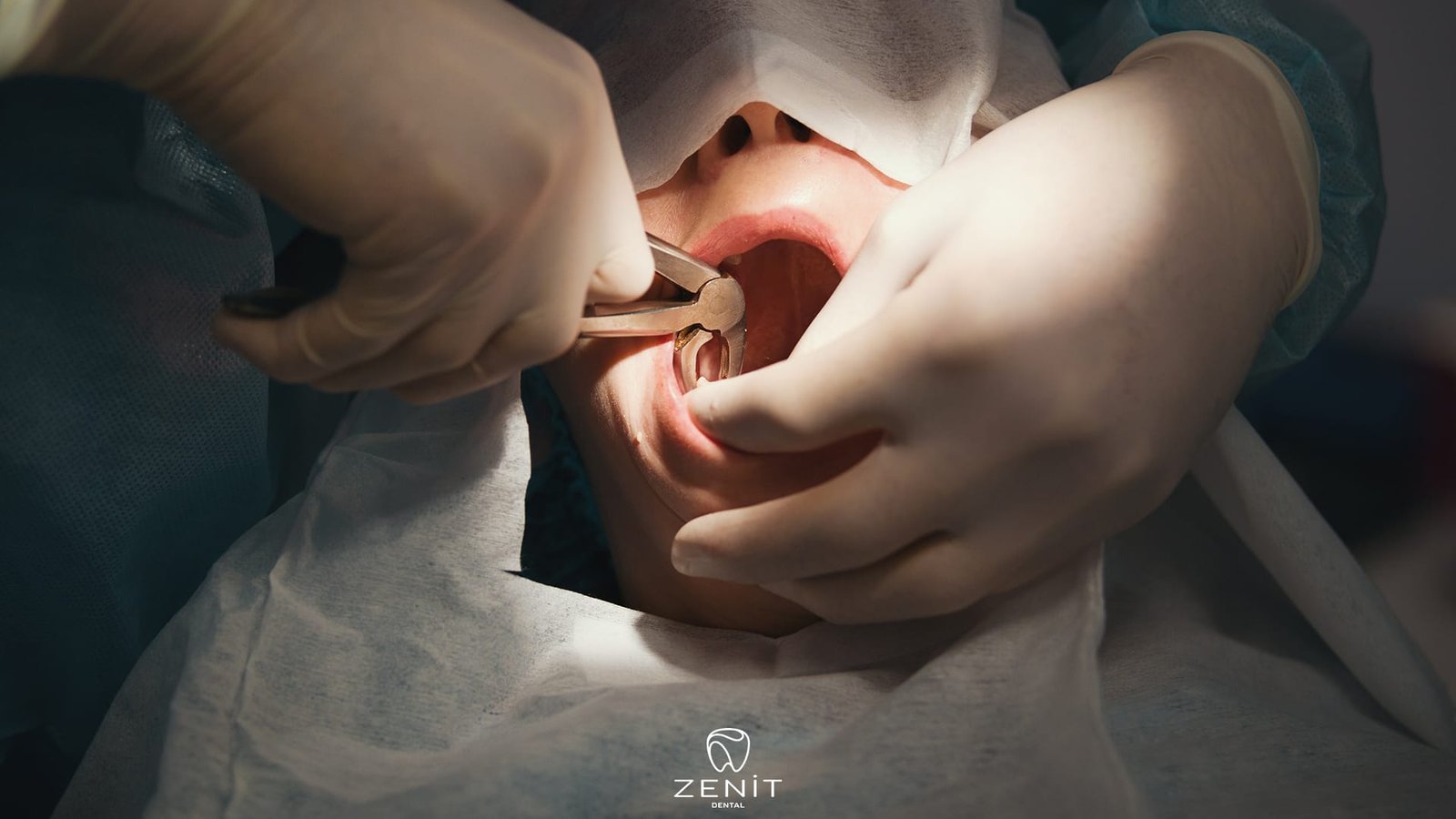
Wisdom tooth extraction is a significant step in oral health for many individuals. However, being informed about potential complications and proper care steps post-extraction is crucial for a healthy recovery process.
- Possible Complications:
Infection:
Infections can develop in the extracted area after wisdom tooth removal. To prevent this, it is essential to consistently use antibiotics prescribed by your dentist. - Swelling and Pain:
Mild swelling and pain during the healing process are normal, but if there is excessive swelling or unbearable pain, it’s crucial to consult your dentist immediately. - Bleeding:
Some bleeding is normal after extraction, but in case of excessive bleeding, contact your dentist promptly. - Nerve Damage:
There is a risk of nerve damage during extraction. Symptoms of nerve damage include numbness, tingling, or loss of sensation. Inform your dentist if you experience any of these symptoms.
Care Guidelines:
- Regular Medication Use:
Take the prescribed medications regularly. Antibiotics and pain relievers are crucial for preventing infection and alleviating pain. - Cold Application:
Apply cold as recommended by your dentist to control swelling and pain in the extraction area. However, ensure that ice does not directly touch the skin and use it in short intervals. - Soft and Liquid Foods:
For the first few days post-extraction, opt for soft and liquid foods to avoid harming the extraction site. Soups, purees, and yogurt are preferable choices. - Oral Hygiene Attention:
Brush your teeth without directly touching the extraction site with the toothbrush. Follow recommended oral care methods, such as saline rinses, as advised by your dentist. - Limit Activities:
Avoid heavy exercises in the initial days after extraction. Resting and allowing your body to focus on healing are crucial.
Conclusion
Wisdom tooth extraction complications that may arise post-surgery can be prevented and controlled through proper care and conscientious steps. Adhering diligently to your dentist’s recommendations and seeking professional assistance immediately in case of any symptoms or issues are crucial for a healthy recovery process. Remember, each individual’s healing process is unique, so by following your dentist’s advice, you can best protect your health.
How to Alleviate Wisdom Tooth Pain How to Alleviate Wisdom Tooth Pain How to Alleviate Wisdom Tooth Pain How to Alleviate Wisdom Tooth Pain How to Alleviate Wisdom Tooth Pain How to Alleviate Wisdom Tooth Pain How to Alleviate Wisdom Tooth Pain How to Alleviate Wisdom Tooth Pain How to Alleviate Wisdom Tooth Pain How to Alleviate Wisdom Tooth Pain

